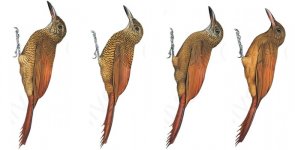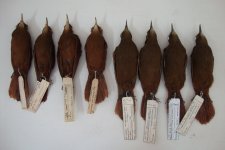Richard Klim
-------------------------
No, because I'm one of those fortunate enough to have HBW. The Lynx website doesn't give author contact information and so doesn't help non-purchasers to make pdf requests, but of course that will only be a minor inconvenience for anyone genuinely interested.Have you tried PDF requests?
And to be fair, several of the papers are already available online (eg, ResearchGate), and I recall that Lynx stated somewhere that the papers will be posted on their website at some time...
Last edited:





